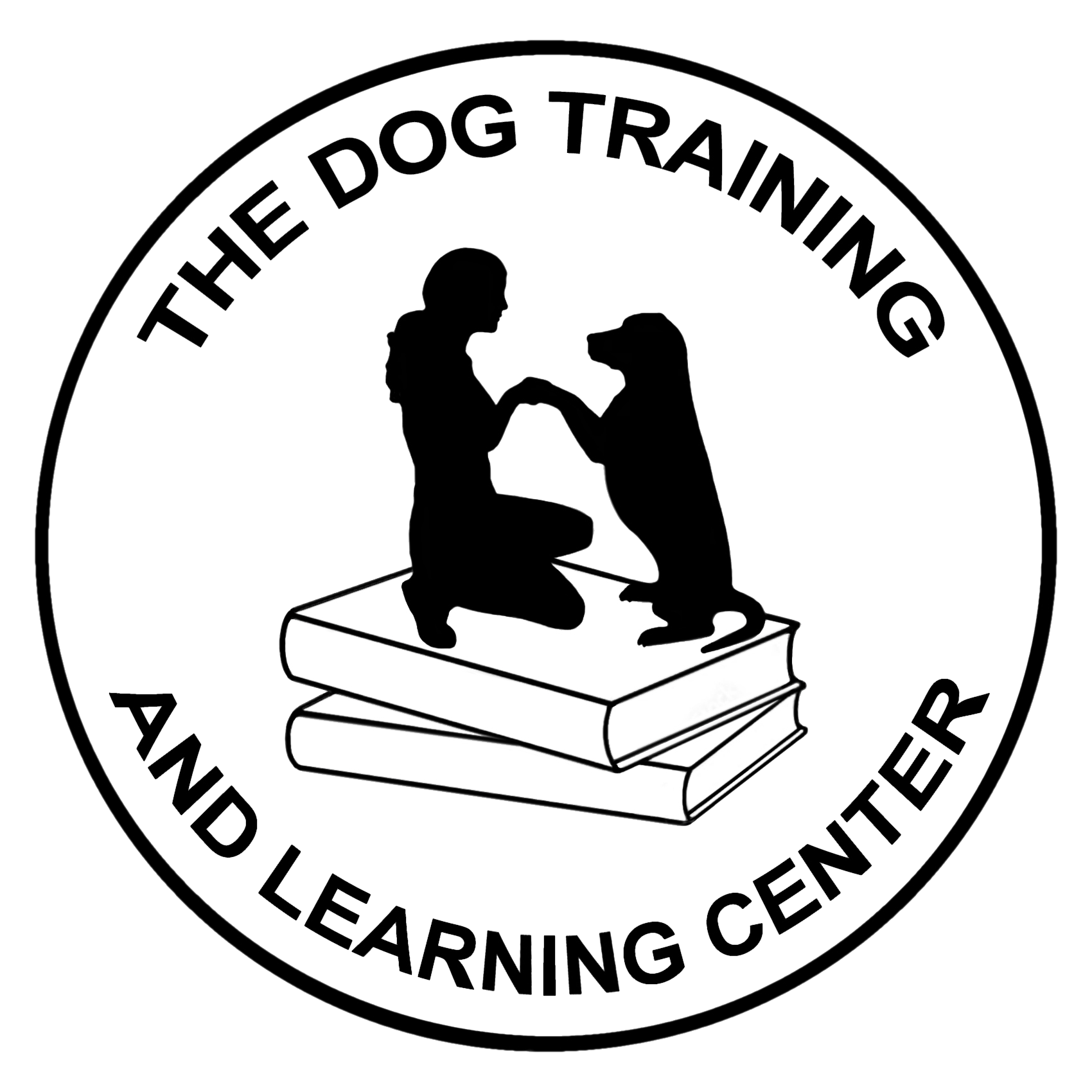
There are a myriad of changes around my house and property lately. It has been years since I have had horses on my property, and my quiet place has recently become a hub of activity. This adds challenges for my dogs. Dogs, as adaptable creatures, thrive in a stable environment. However, they often face challenges when confronted with environmental changes such as moving to a new home, encountering new people or animals (2 cool horses), or experiencing shifts in routine. These changes can induce stress and anxiety in dogs, affecting their well-being and behavior. Understanding and implementing strategies to help dogs adapt to environmental changes is crucial for their welfare and coexistence with people and other animals (neigh!).
Dogs’ behaviors are influenced by their environment. Anxiety, fear, aggression, and withdrawal are common responses to environmental changes. One of my dogs loves the new horses and all the activity in the barn– people, tractors, and of course new friends of the 4- legged variety. She would live out there in the hubbub. However, my boy is a sensitive soul and prefers to watch and judge our skills from a distance. Recognizing signs of stress in dogs, such as panting, pacing, trembling, or excessive barking, is essential in addressing their needs effectively. My girl has access as long as she is polite and out of the way when necessary. My boy, however, is never forced into the barn or field when the environment becomes chaotic with people, tractors and horses on the move. He does drive by “hellos” to check everything out and then retreats to a distance where he is comfortable and able to supervise the goings-on.
Understanding my dogs’ needs and personalities as well as reading body language and situations, help me make proper choices about their interactions with the new “normal” changes on our property. I also am maintaining consistent routines for exercise and playtime to instill a sense of security and normalcy. Additionally, creating safe spaces within the home or yard, like I do with my dog who is not comfortable in the barn but still enjoys watching from a distance where he can retreat and relax, aids in reducing stress levels.
I also recommend introducing dogs to new environments or stimuli gradually to prevent overwhelm. Slow and controlled exposure to unfamiliar settings, people, or animals allows dogs to acclimate at their own pace, reducing anxiety and fear responses. Positive reinforcement techniques, such as treats and praise, reinforce desirable behaviors and build confidence.
Engaging dogs in mental and physical activities enriches their environment and promotes adaptation and flexibility in learning. Interactive toys, puzzle feeders, and scent games stimulate their senses and alleviate boredom as well as help dogs become acclimated to the new “normal”. It is also important to engage in regular exercise, including walks, runs, and play sessions, to help channel a dog’s energy positively and reduces stress.
Both of my dogs have worked with and around horses with good outcomes. They have been exposed with positive interactions to various social situations from an early age to reduce anxiety in new environments. Training sessions focused on confidence, resilience and impulse control enhance dogs’ ability to cope with environmental changes. Establishing good communication and a strong relationship fosters trust between dogs and their people. This positive pairing of a situation or environment or situation can be very successful as long as it is done with care and sensitivity to the dogs’ emotional state.
Helping dogs adapt to environmental changes requires patience, understanding, and proactive measures. By creating a positive environment, gradually exposing them to new experiences, providing engaging enrichment, offering training and socialization opportunities, and prioritizing their needs, we can empower dogs to navigate changes with confidence and resilience. Ultimately, developing these skills and sharing these experiences with them enhances the relationship between us and our dogs.
1 / 2









